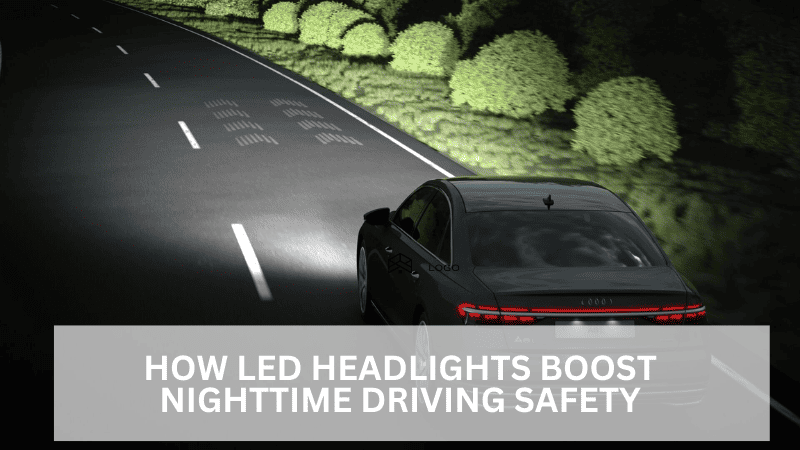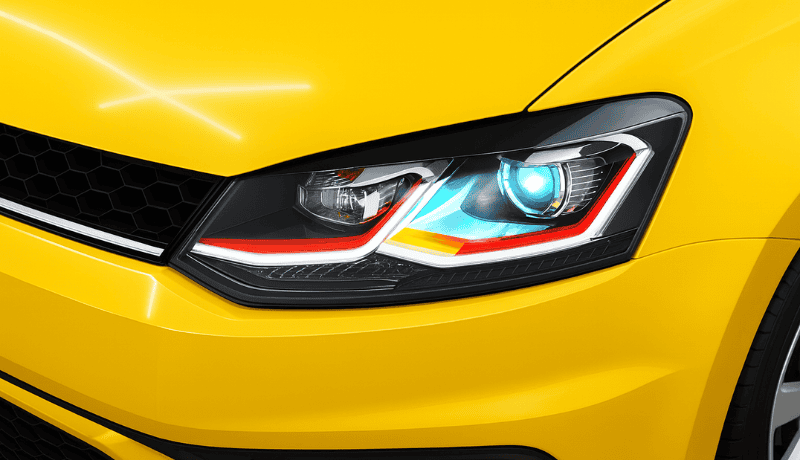Although several factors contribute to these statistics, poor visibility is one of the reasons why night driving is more dangerous. This means having good headlights on your car can be a literal life-saver.
In this article, we’ll examine the different ways that LED headlights improve safety when you’re driving at night. We’ll also look at the different technological improvements that contribute to the improved safety associated with LED technology. Continue reading to find out more.
Basics of LED Technology
LED headlight technology is based on special semiconductors that emit light when an electric current passes through them. These semiconductors are called light-emitting diodes.
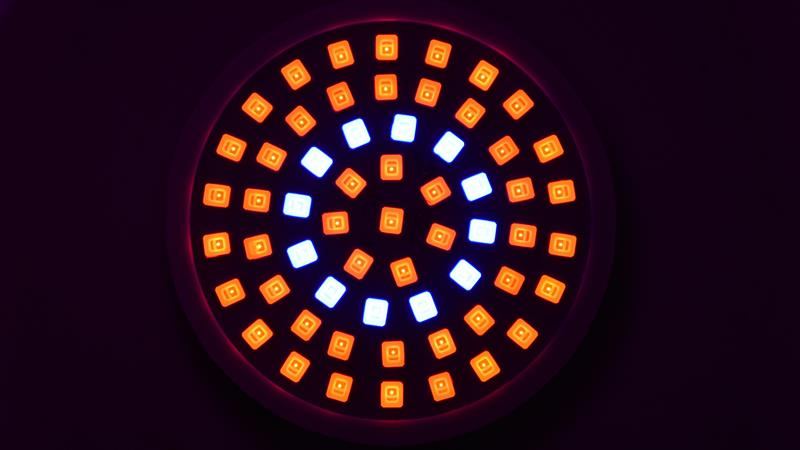
When a voltage is applied to a light-emitting diode, the free electrons on one side of the diode gain enough energy to cross over to the other side and combine with the positively charged holes. When they do this, they release energy in the form of light.
All LEDs follow this simple operation, making them much more efficient than halogen bulbs, which first convert electrical energy into heat energy to produce light.
Understanding Nighttime Driving Challenges
Nighttime is statistically the most challenging time to be driving and the data support this. Some of the statistics on driving at night are as follows:
- According to the National Safety Council in the US, in spring and summer, fatal crashes are at their highest between 8 P.M. and midnight. Between November and March, the time window with the highest number of fatal crashes shifts to between 4 P.M. and 8 P.M.
- In 2020, more than 42,000 people died in car accidents in the United States and approximately half of these deaths were the result of night-time accidents.
- In 2021, over 7300 pedestrians were killed in the US, and around 75% of these accidents took place at night.
- Research from the UK found that injuries from accidents on roads that had no lights were several times more severe compared to injuries on better-lit roads.
Many factors contribute to this increased danger on roads when the sun sets, including a greater number of motorists driving under the influence of alcohol. However, one of the main challenges is simply the poor visibility that comes with darkness.

Drivers cannot see as well at night and this is due to multiple factors including:
- Lack of proper illumination from the vehicle’s headlights.
- Poor weather conditions
- Lack of adequate street lights on some roads
- Glare from other vehicles’ headlights
- Fatigue
The result of this poor visibility is that drivers have less time to react to something on the road, whether it’s a pedestrian, an animal, or a street sign. This makes it harder for them to stop their vehicles in time.
LED Headlights Vs Traditional Headlights
Compared to traditional halogen bulbs, LED headlights offer enhanced visibility when driving at night. However, this is just one of several ways that these lights are outperforming the traditional lighting systems in cars as seen in the table below.
| Feature | Traditional Headlights | LED Headlights |
|---|
Impact on Nighttime Driving Safety
LED headlights offer a very different driving experience compared to traditional headlights. They can improve nighttime driving in the ways discussed below.
1. Improved Illumination
The natural reduction in illumination that comes with the night is one of the main reasons why nighttime driving is so dangerous. LED headlights are significantly brighter than traditional headlights and they light up the road ahead a lot better.
Thanks to this improved brightness, drivers can see everything on the road more clearly with LED lights, whether it’s a simple road sign warning them of a hazard, or a pedestrian or animal crossing the road.
2. Longer and Wider Beam Coverage
Drivers can only see around 100 meters ahead when using halogen headlights. A good quality LED headlight can triple this distance. As a result, drivers can see much further ahead when driving, giving them more time to spot and avoid hazards.
Additionally, when properly installed, LED headlights can light up the side of the road better. This makes it easier to spot hazards such as pedestrians or animals that may wander onto the road.
3. Daylight-Like Color Temperature
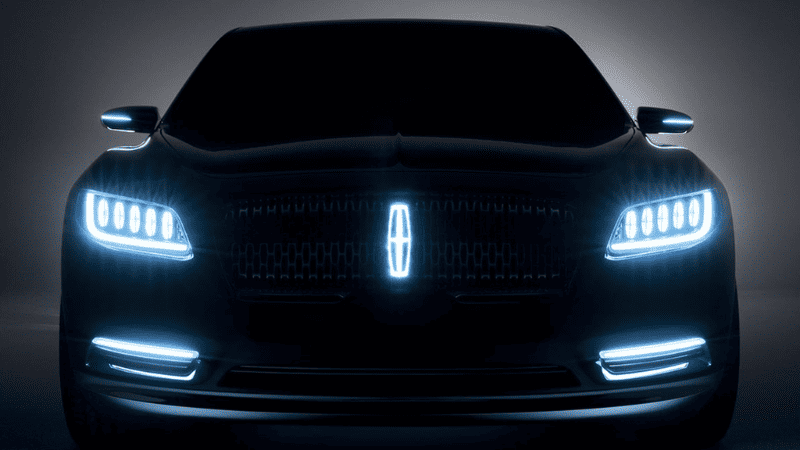
LED headlights can achieve a wide range of color temperatures from 3000K to 10000K. However, the popular option is the daylight-like color temperature, typically between 5000K and 6000K.
The light quality at this color temperature offers the best visibility, enabling drivers to see more details. In comparison, the warmer color temperatures of halogen bulbs don’t offer the same level of visibility and are better suited for driving through fog and snow.
4. Reduced Glare
LED headlights can create less glare than other headlights. However, this requires that the headlights are installed in a compatible assembly and aimed properly.
The light from LED bulbs can also be focused more easily than that of halogen bulbs. When paired with adaptive technology, the light beams can even shift while driving to reduce glare to other road users.
5. Quick Response Time
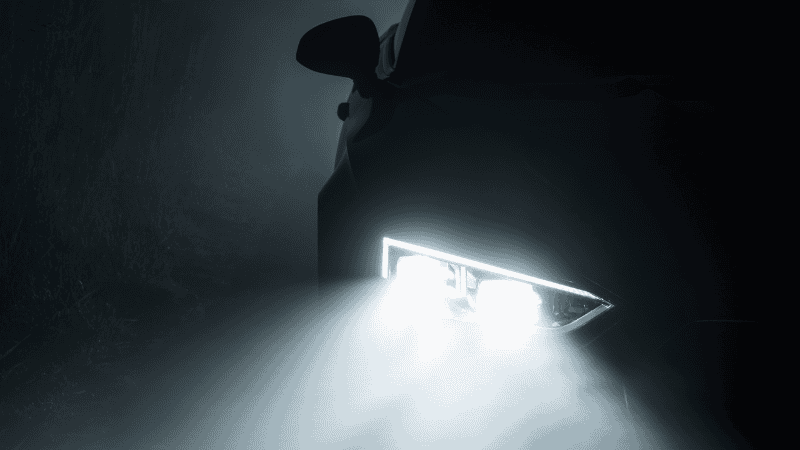
LED headlights light up instantly, achieving maximum brightness almost instantaneously. This is in contrast to HID bulbs which require a few seconds to achieve maximum illumination.
In an emergency, these seconds might be needed to give the driver enough time to spot a hazard and react to it.
6. Energy Efficiency
As earlier stated, LED headlights are more energy efficient than halogen and HID bulbs. As a result, these lights put less strain on the electrical system of your car.
This reduces the wear on the electrical system, making it less likely that you’ll have a car failure due to an electrical problem when driving at night. Breaking down by the side of the road introduces many risks, especially if the road is busy or poorly lit.
7. Headlight Safety Compliance
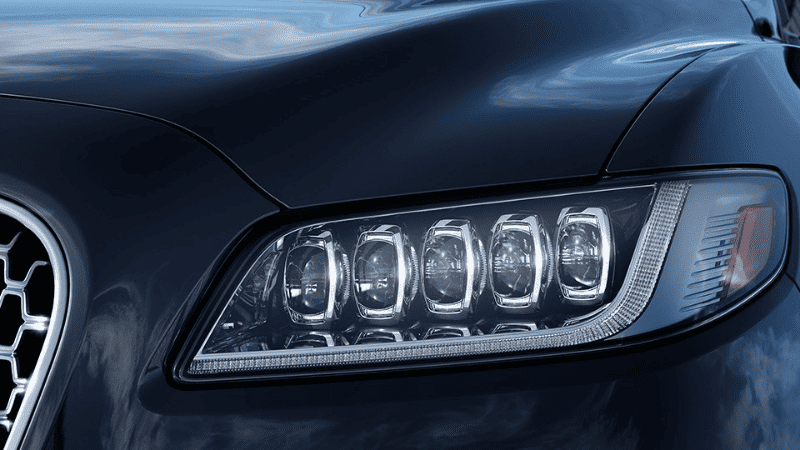
The larger number of drivers getting LED headlights is pushing many jurisdictions to reassess their approach to headlight safety.
Existing federal standards don’t account for the height of headlights on cars nor how the headlights are aimed. This is a problem considering the larger cars Americans drive today compared to those driven when the standards were created.
These circumstances have resulted in more calls for regulations on headlights to be improved to factor in the realities of driving modern cars on modern roads.
Technological Advancements in LED Headlights
LED lights are brighter than halogen headlights, but that is just the first part of the story. The technology has directly or indirectly led to other technological improvements that contribute to safer roads both at night and during the day. Five of these advancements are discussed below.
Adaptive Lighting Technology
As the name suggests, adaptive lighting technology adapts to different conditions as you drive to ensure the road is well lit and this greatly enhances highway safety.
Basic adaptive headlights turn with the steering, making it easier to see around corners when turning. Manufacturers also add other features to their adaptive headlights including:
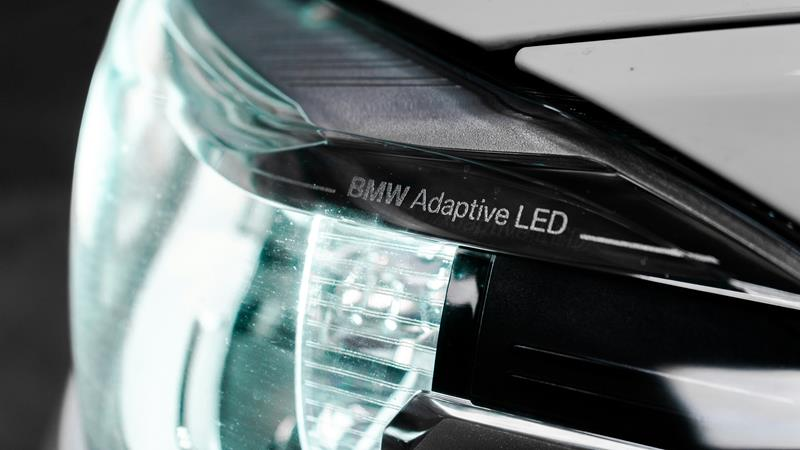
- Cameras that can detect the light from oncoming vehicles and scan for junctions and corners.
- Ability to shape the light beam pattern to reduce glare on oncoming drivers.
- Ability to turn one headlight in the direction of a junction you’ve indicated.
- Ability to point the light upwards when the car approaches a hill.
- Getting data from speed sensors to determine the best lighting distance for your speed and other conditions.
- Changing from low beams to high beams automatically.
Although some features of adaptive lighting technology work with halogen lights, the advanced features are especially compatible with LED lighting technology. Some LED headlights are made up of many points of light that allow for finer control of beam patterns.
Smart Beam Technology
Smart beam technology is a name that is given to some adaptive lighting technologies due to the sophistication of their operation.

Technically, headlights that only swivel with the steering wheel can be considered adaptive. However, vehicles that employ smart beam technology use advanced sensors and computers to sense the conditions on the road ahead, adjust light quality, and enhance visibility in any driving condition.
Some smart headlights even display navigational cues on the road rather than on the dashboard. Drivers are, thus, able to see the cues without taking their eyes off the road.
The technologies used by manufacturers differ with some using LED matrices with tens of individual diodes and others using arrays of micro-mirrors.
Daytime Running Lights
Daytime running lights are added to vehicles to make them more visible when driving during the day. These lights come on automatically when the vehicle is turned on and stay on throughout.
Daytime running lights make vehicles more visible when there is less ambient light and it’s not dark enough to warrant switching on headlights.
Using DRLs increases the energy demands on your vehicle and this increases its fuel consumption. However, light-emitting diodes consume very little power and they can be used as daytime running lights without a meaningful increase in fuel consumption.
Dynamic Turn Signals
Conventional turn signals blink while dynamic turn signals ‘sweep’ in the direction a driver intends to turn. According to a study by the Lighting Research Center, dynamic turn signals can be identified at a greater periphery angle compared to conventional, i.e., blinking, turn signals.
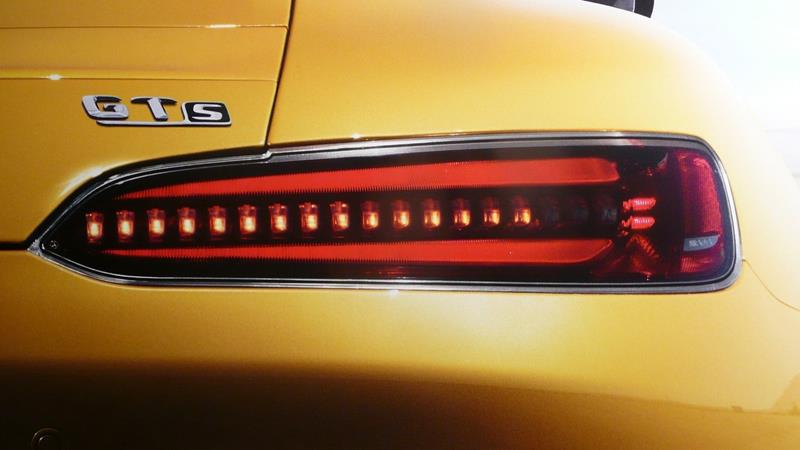
LED lighting technology is the secret behind dynamic turn signals. These turn signals work by sequentially lighting up LEDs that are placed next to each other. The small size of LED chips and their low heat production make it possible to have multiple LEDs close to each other.
The efficiency of LEDs also means that dynamic turn signals are not power-hungry. As a bonus, they also look very sleek and are more common on luxury cars.
Color Temperature Options
Drivers are more likely to install LED headlights with color temperatures in the range of 5000K to 6000K. However, LED headlights can be manufactured to produce light with other color temperatures, including the 3000K that is associated with halogen lights and the 10000K that looks purple.
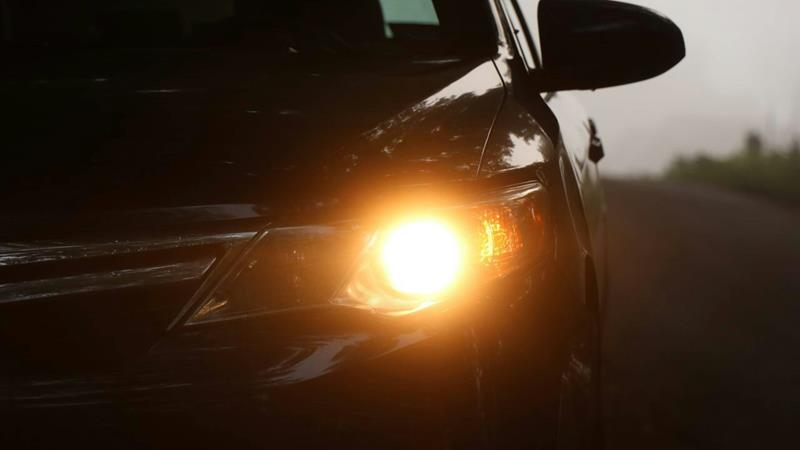
This wide range of options gives drivers more to choose from when they buy LED headlights. It also means drivers can install a daylight color temperature for their low beams and a warmer color temperature for their fog lights.
It should be noted that LED lights are also used for the red and blue lighting on emergency vehicles. Therefore, it’s better to avoid headlight color temperatures that look too blue e.g. 8000K and 10000K, to avoid confusing other road users.
Conclusion
Poor visibility makes nighttime driving more dangerous and traditional headlights don’t do a good job of enhancing visibility on roads. The introduction of LED lights is changing this.
LED technology allows us to have brighter lights that can be smartly controlled to provide optimal illumination when driving at night. With improved adoption and other changes, LED headlights will have a positive impact on nighttime road safety.
Improve Your Fleet’s Safety – Get a Quote for Premium LED Headlights Now!
Low-quality LED headlights that don’t work as advertised will not make our roads safer. At Carlightvision, the quality of our products is backed by many years of research. We have been trusted by known brands to manufacture OEM headlights and our system has 7 different quality inspections. Call us today and enquire how you can join the 100+ global brands that rely on our LED Headlights.
